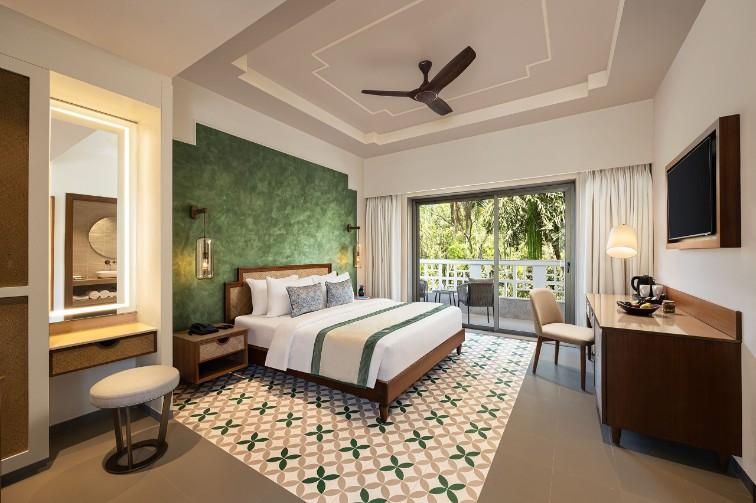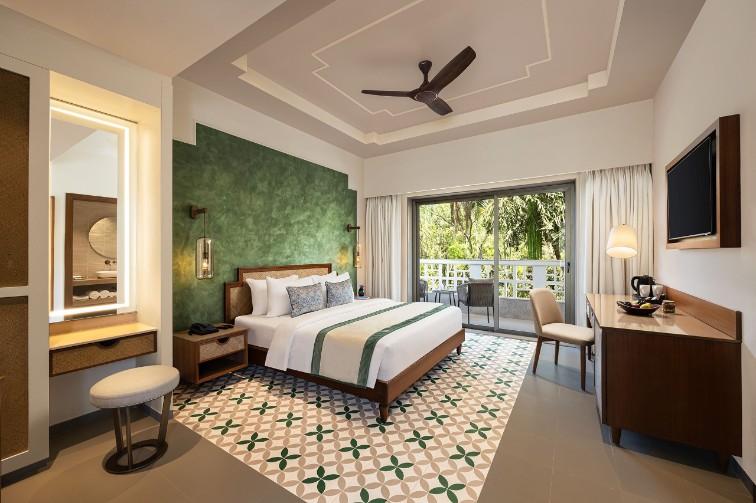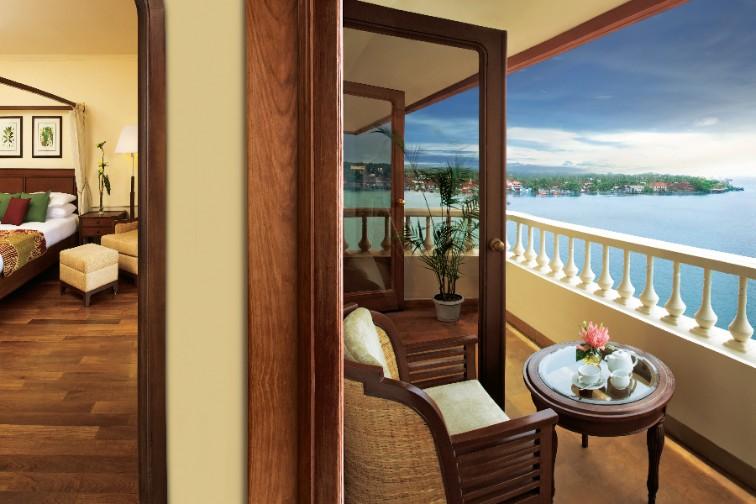-dad324bb-9f74-47fd-a997-65076efb51fb.webp&w=3840&q=75)
Hotels
•05 min read

Imagine wandering through ancient bazaars, marveling at intricate Persian architecture, and discovering breathtaking natural landscapes that span from rugged mountains to serene coastlines. Iran, a land steeped in history and culture, beckons travelers with hidden treasures at every turn. However, planning the perfect trip to this captivating destination requires understanding the ideal timing for your visit. This blog post offers expert insights into the best time to visit Iran, with practical tips on accommodation, itinerary planning, and how the country’s unique climate and cultural events can transform your travel experience.
Iran is a country of dramatic contrasts. From lofty mountains and expansive deserts to coastal plains and high plateaus, its diverse geography creates a range of climates that shape the travel experience throughout the year. Whether you are traveling to the cool highlands, exploring dry desert landscapes, or relaxing along the lush shores of the Caspian Sea, each zone offers a unique feel. Understanding how geography affects weather is key to planning your adventure in Iran.
Spring (March to May): When spring arrives, Iran bursts into bloom. Gardens flourish with colorful flowers and historic sites seem to glow under mild, refreshing weather. This season is popular because it combines the beauty of nature with pleasant temperatures.
Summer (June to August): Summer can be quite hot, particularly in the central and desert regions. However, cooler destinations, like the coastal areas along the Caspian Sea or the elevated mountain towns, offer a welcome retreat. Travelers should stay well-hydrated and plan outdoor activities during early morning or later in the evening.
Autumn (September to November): Autumn is a subtle blend of balance and beauty. The weather is mild, and fewer crowds make it an attractive time for those who prefer quieter exploration. This shoulder season provides an ideal opportunity to see the country in a different light, with nature showcasing warm, earthy tones.
Winter (December to February): While winter in Iran might bring cooler temperatures, it is perfect for those looking to explore without the hustle of peak season crowds. Regions in southern Iran and historical sites offer a unique charm during these months, making it a thoughtful choice for cultural exploration.
Different regions in Iran flaunt their personality depending on the season. For instance:
Isfahan: This magnificent city offers its best in the spring, when the gardens are in full bloom and its historic architecture is a delight to explore on foot.
Tehran and Surrounding Regions: For urban explorers, autumn is an excellent time. The comfortable weather and reduced crowds make city tours and cultural visits more enjoyable.
Shiraz and Yazd: These iconic cities flourish in winter. Mild temperatures allow you to delve into cultural treasures and historical sites with relative ease.
Caspian Sea Region: The coastal allure of the Caspian Sea is best experienced in summer. Here, sunny weather and a cool sea breeze create perfect conditions for beach relaxation and local immersion.

Every season in Iran is marked by unique experiences:
Spring: The season invites adventurous spirits to go hiking through ancient ruins and participate in vibrant outdoor festivals. It is an excellent time for capturing photography tours filled with nature's rebirth.
Summer: While the heat can be intense in some parts, summer is ideal for enjoying beach activities along the Caspian Sea and exploring cooler mountain towns that offer a blend of cultural and natural landscapes.
Autumn: With the mellow weather of autumn, photography enthusiasts can capture the seasonal colors at historical landmarks. Cultural festivals during this time add a festive spirit to the travel experience.
Winter: Northern mountains invite those eager to try winter sports, while the deserts and central regions offer intriguing opportunities for exploration without the clutter of heavy tourist traffic.
Insight Corner: Pro Tip: Timing Is Everything in Iran
Did you know that springtime in Iran is not only the most picturesque season but also the busiest? Booking accommodations and planning your itinerary well in advance ensures you enjoy popular attractions like Persepolis and the Golestan Palace without the hassle of overcrowding.
Iran offers a wide spectrum of accommodation options that cater to every traveler's taste and budget. You can choose from:
A variety of boutique hotels known for their unique charm, traditional guesthouses that offer a taste of local hospitality, eco-lodges perfect for nature enthusiasts, and even luxurious resorts where every comfort is at your fingertips. When selecting accommodation, consider the seasonal climate and the location of your planned activities to ensure a comfortable stay.
When planning your journey, it’s crucial to secure your lodging in advance, especially during peak seasons like spring and autumn. This not only guarantees the best rates but also ensures a smooth travel experience. Some unique accommodations such as heritage homes or caravanserais offer a glimpse into Iran’s storied past and cultural legacy. Consider using local booking platforms or engaging with travel agencies that specialize in authentic Iranian experiences to find the best options for your stay.

Crafting a balanced itinerary is essential for a memorable trip. For instance, a 7-day spring itinerary might include time in Isfahan to savor the gardens and historical landmarks, followed by a few days in Tehran for cultural immersion and culinary delights. Alternatively, for winter travelers, consider a desert-focused itinerary that combines exploring ancient ruins with visits to warmer regions in southern Iran. The goal is to harmonize cultural experiences with outdoor adventures, ensuring every day presents something unique.
Traveling in Iran requires a bit of planning when it comes to cultural and seasonal nuances. During Ramadan and other cultural holidays, routines may shift – some restaurants operate on limited hours, and local customs take precedence, offering a deeper insight into the traditions of the region. To avoid the busiest periods at top attractions, try visiting during shoulder seasons such as autumn and winter, when the sites are less crowded. Safety remains a priority for all travelers, including Americans and Indians. Staying informed about local customs and travel policies ensures a secure and enriching journey.
March to May is ideal for enjoying the spring blooms while September to November offers a pleasant autumn climate.
Yes, Iran is welcoming to tourists, including Americans, though it is advisable to check current travel policies before planning your visit.
Iran is considered affordable, offering budget-friendly accommodations, transportation, and an array of food options that cater to every budget.
Planning your visit during shoulder seasons like autumn or winter and exploring lesser-known attractions are effective ways to avoid large crowds.
During Ramadan, some restaurants may have limited operating hours. However, this period also offers a unique opportunity to experience authentic cultural and religious traditions.
Understanding Iran's diverse climates, seasonal offerings, and regional nuances is key to planning a truly enriching travel experience. Whether it's the vibrant spring gardens, cool coastal retreats in the summer, the picturesque autumn landscapes, or the culturally immersive winter months, every season in Iran offers its own magic. With carefully chosen accommodations, insightful itinerary recommendations, and essential travel advice, your journey to Iran can be as comfortable as it is unforgettable. Embrace the blend of history, culture, and nature that Iran has to offer, and reward yourself with a travel experience that is tailored perfectly to the rhythms of this remarkable country.